Mary Ellen Carroll: MEC: Causes, Place, Mistakes, Boredom, Lies, Resemblance, Pleasure, Nothing, Temporality, Affect, Inscription, Envy/Imitation, Utilitarianism, Disappearance, Literalness, Thingness
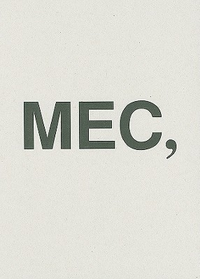
Summary
Despite an oeuvre spanning more than 20 years and a disavowal of any signature style, Mary Ellen Carroll has throughout her career been investigating a single, fundamental question: What is a work of art? The resulting multifarious, provocative and often wry outpouring in architecture, writing, performance, photography, filmmaking, printmaking, sculpture and painting has been collected into this book--the New York conceptual artist's long-awaited first monograph. Carroll's work interrogates the relationship between subjectivity, language and power; at its core is a dedication to political and social critique. The touchstones of her practice are the double, the imitation and the copy, and these motifs are applied to a range of ends--from conjuring the unheimlich to probing the means of distribution and interpretation of the work of art. A Carroll piece may involve something as seemingly effortless as trademarking an idea by another artist or as complex and bold as walking out the door penniless with only her passport and the clothes on her back to spend six weeks in a foreign country. Carroll imbues all her work with a strong performative element; even a new opus, involving the rotation of a Houston tract home on its foundation, is conceived as a way of making architecture perform.
Similar Books
-
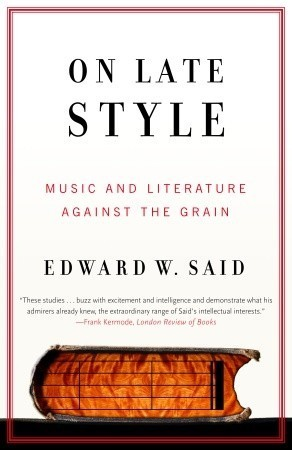 On Late Style: Music and Literature Against the Grain
On Late Style: Music and Literature Against the Grainby Edward W. Said
-
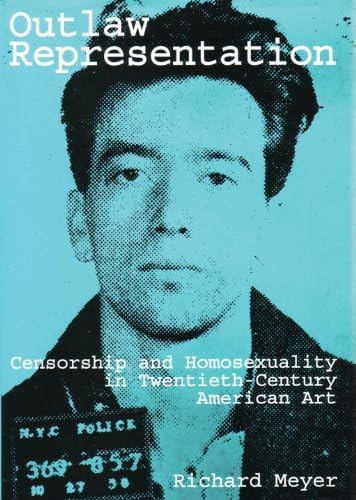
-
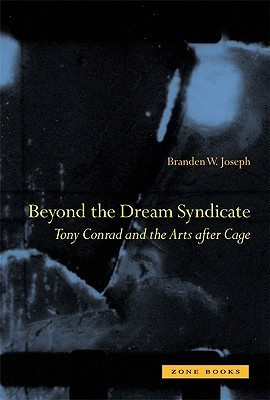 Beyond the Dream Syndicate: Tony Conrad and the Arts after Cage
Beyond the Dream Syndicate: Tony Conrad and the Arts after Cageby Branden W. Joseph
-
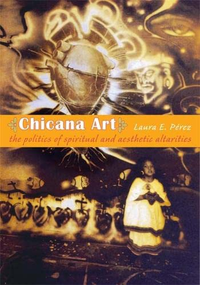 Chicana Art: The Politics of Spiritual and Aesthetic Altarities
Chicana Art: The Politics of Spiritual and Aesthetic Altaritiesby Laura E. Pérez
-
 The Queer Afterlife of Vaslav Nijinsky
The Queer Afterlife of Vaslav Nijinskyby Kevin Kopelson
-
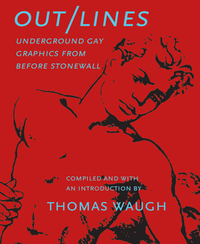 Out/Lines: Gay Underground Erotic Graphics From Before Stonewall
Out/Lines: Gay Underground Erotic Graphics From Before Stonewallby Thomas Waugh
-

-
 Tom Sachs
Tom Sachsby Malcolm Gladwell
-
 Without Boundary
Without Boundaryby Homi Bhabha
-
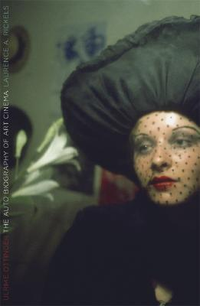 Ulrike Ottinger
Ulrike Ottingerby Rickels
-
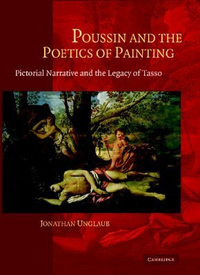 Poussin and the Poetics of Painting: Pictorial Narrative and the Legacy of Tasso
Poussin and the Poetics of Painting: Pictorial Narrative and the Legacy of Tassoby Jonathan Unglaub
-
 Too Beautiful to Picture: Zeuxis, Myth, and Mimesis
Too Beautiful to Picture: Zeuxis, Myth, and Mimesisby Elizabeth C. Mansfield